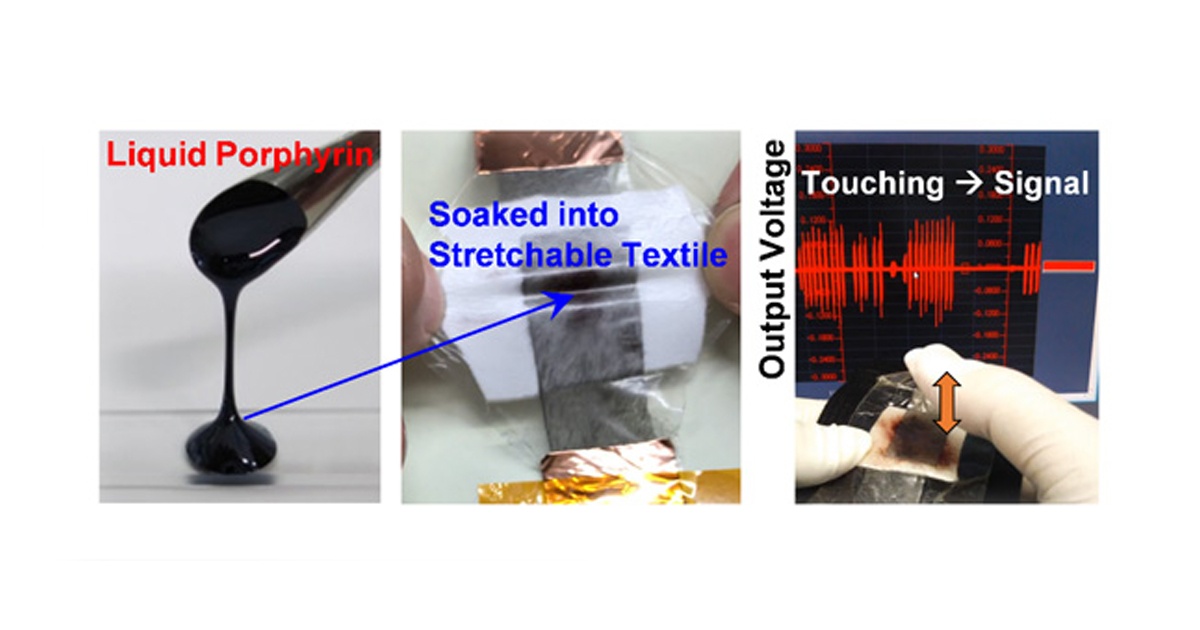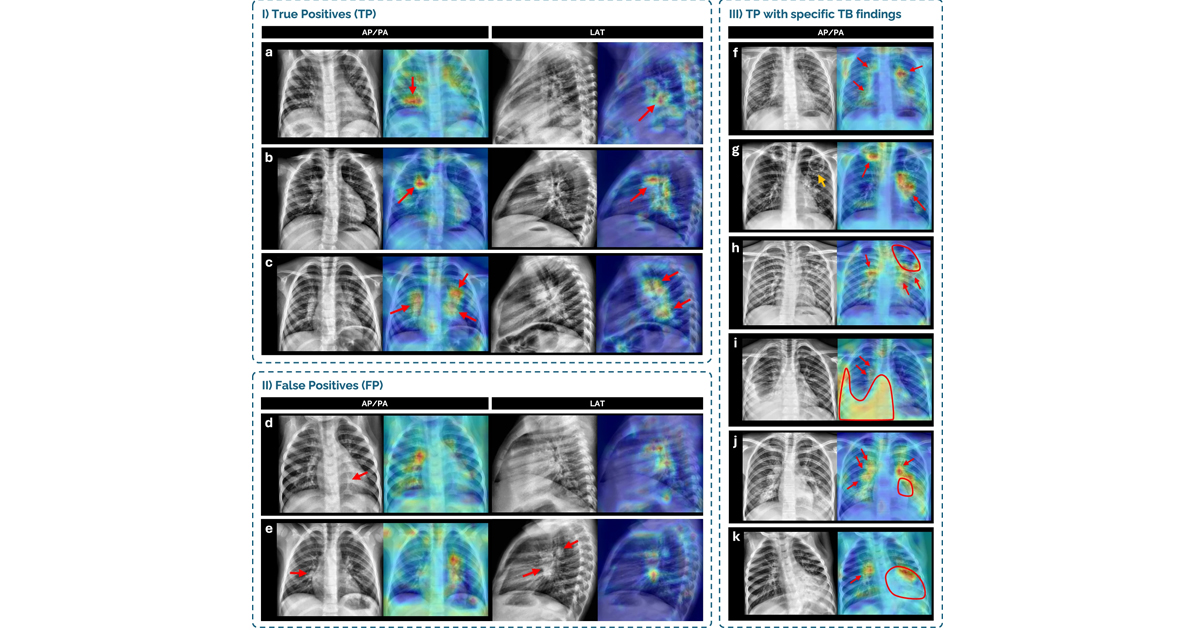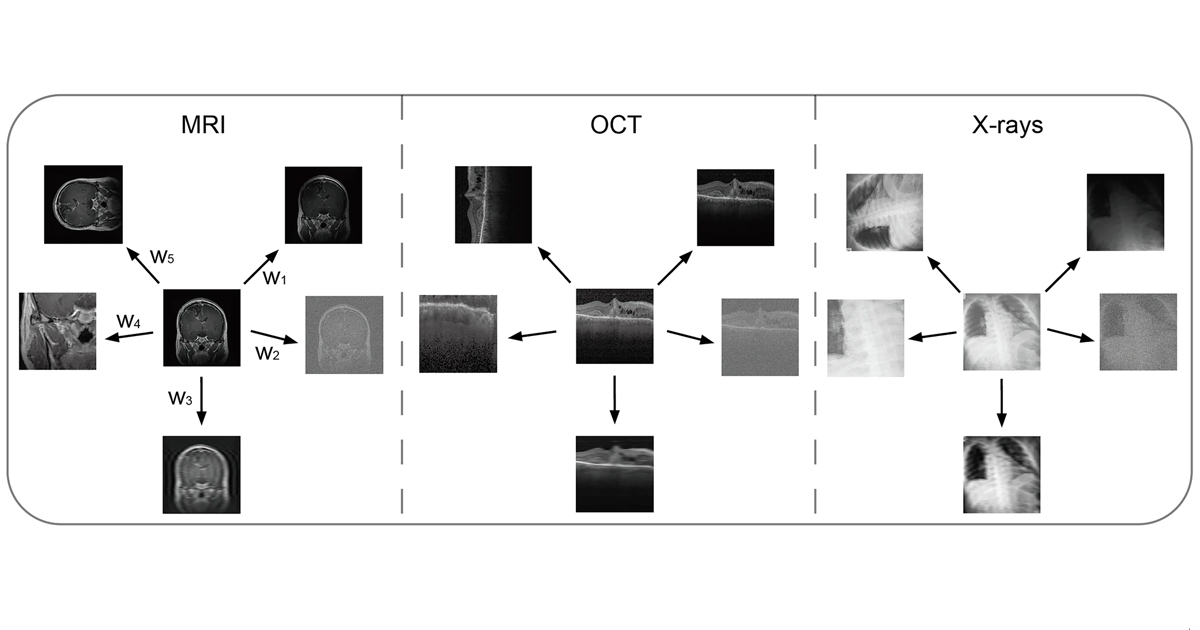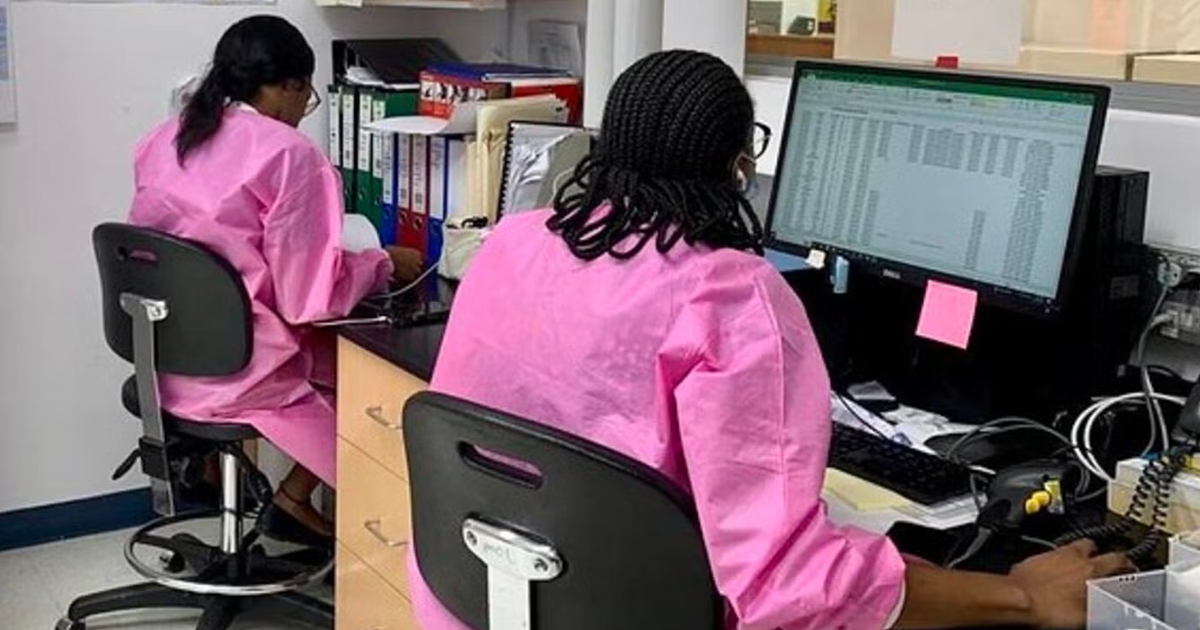The results were published in the journal Nature Communications.
Investigadores del Instituto Nacional de Ciencias de Materiales (NIMS), y del Instituto Nacional de Ciencia y Tecnología Industrial Avanzada (AIST) de Japón, han desarrollado un material electret líquido capaz de retener de forma semipermanente la electricidad estática. Después este material fue combinado con electrodos blandos, y así lograron el primer dispositivo flexible y estirable a través de vibración.
Este avance gracias a sus propiedades deformables y su capacidad de convertir vibraciones en señales eléctricas, su aplicación puede ser clave para el desarrollo de dispositivos médicos como sensores de pulso o dispositivos médicos autoaccionados.
“Un material electret capaz de retener de forma semipermanente una carga eléctrica puede generar voltaje a medida que cambia su distancia al electrodo asociado. Debido a esta propiedad, los materiales electret pueden ser aplicables al desarrollo de dispositivos y sensores alimentados por vibración (piezoeléctricos) capaces de convertir la vibración y presión aplicadas externamente en señales eléctricas. Sin embargo, los materiales electretos convencionales son sólidos o en forma de película y, como tales, son inflexibles e incapaces de deformarse en formas complejas, lo que los hace inadecuados para su uso en el desarrollo de sensores de pulso y latidos cardíacos portátiles”, se lee en el comunicado de prensa del NIMS.

En un futuro estas investigaciones esperan lograr finalmente su uso sanitario, una vez mejorado el dispositivo a través de modificaciones técnicas de procesamiento. Como idea alternativa también buscaran el uso potencial de esta innovación como una fuente de energía eléctrica para dispositivos inteligentes.
NATIONAL INSTITUTE FOR MATERIAL SCIENCE
https://www.nims.go.jp/eng/news/press/2019/09/201909300.html







